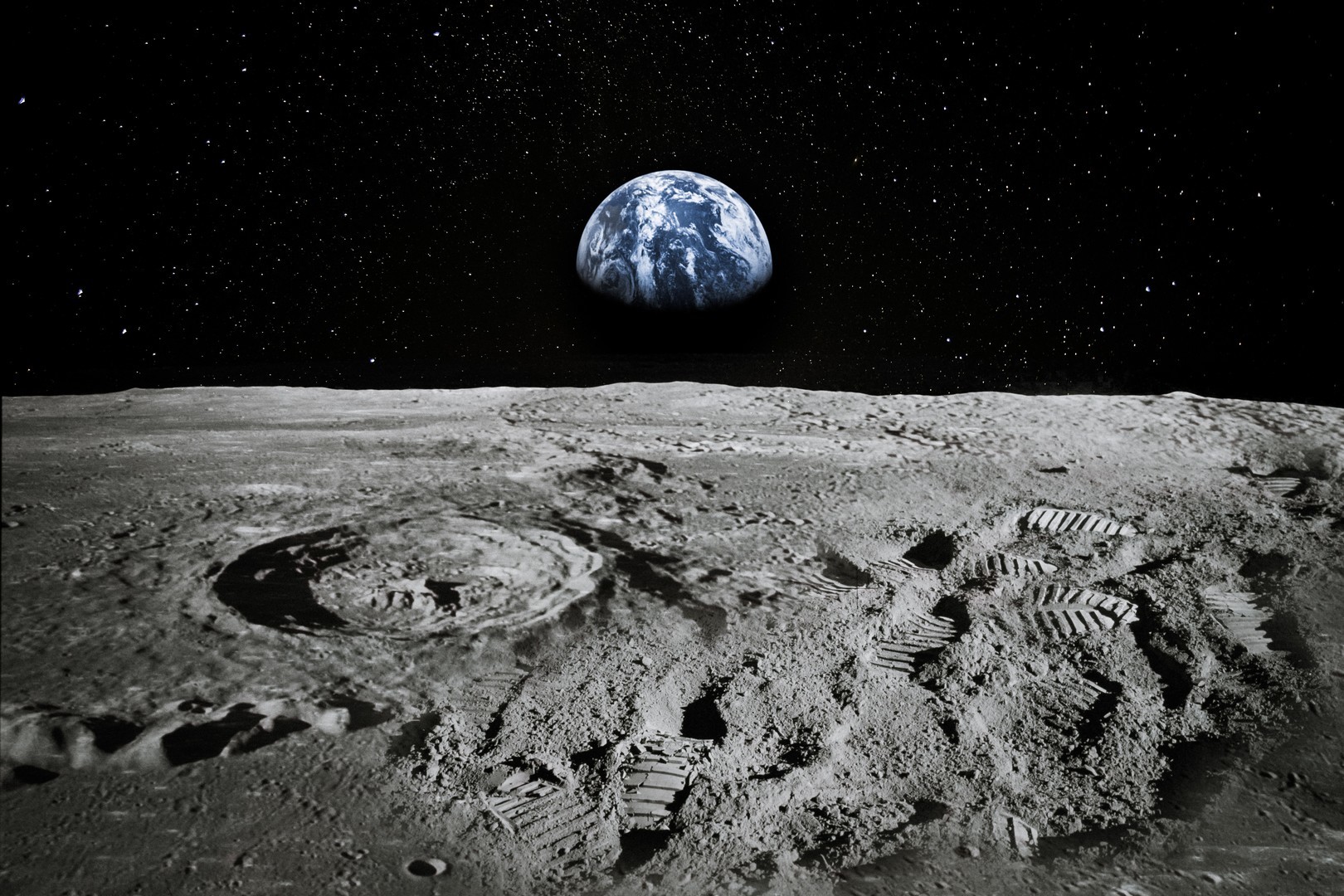Goal: powering future lunar bases
NASA is developing a project to send a nuclear reactor to the Moon before 2030, aiming to provide energy for future crewed missions and potential human settlements. According to an internal directive, the plan seeks to ensure a continuous power supply — something solar energy alone cannot achieve during the Moon’s two-week-long nights.
Why nuclear power on the Moon
Solar panels have been the primary power source for spacecraft and satellites, but they are limited in environments with prolonged darkness. Experts say a nuclear reactor could supply constant electricity, with an expected output of at least 100 kilowatts, enough to operate essential systems.
How the lunar reactor would work
The system would operate similarly to nuclear reactors on Earth: a controlled uranium reaction would generate heat, which would then be converted into electricity. The main difference lies in cooling — the Moon has no atmosphere or water. To release excess heat, the design would require large radiators and higher operating temperatures than reactors on Earth.
Risks and considerations
Although lunar quakes or meteorite impacts could damage the reactor, specialists say the likelihood is low and that there would be no risk of radioactive material spreading as on Earth. The primary safety challenge would be transporting the reactor and managing its end of life, ensuring that reentry into Earth’s atmosphere poses no hazards.
Challenges and timeline
Developing and deploying the reactor is estimated to cost about $3 billion over five years. Experts caution that the timeline is ambitious and that a multi-year authorization process involving multiple agencies would be needed to ensure safety standards. They also emphasize that scientific research and international cooperation should take precedence over competition to be the first to deploy such technology on the Moon.







